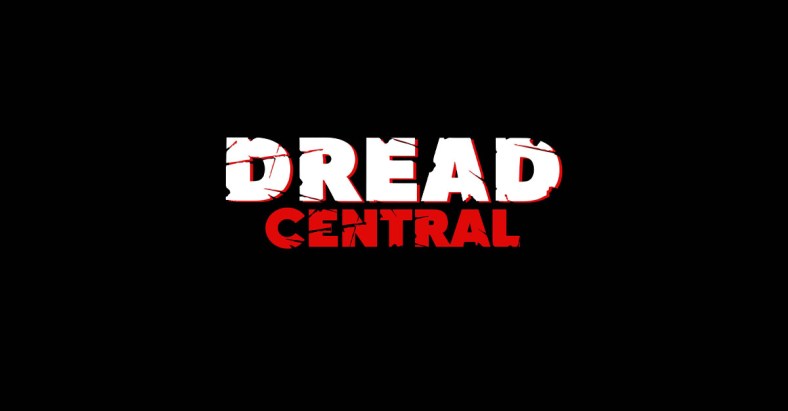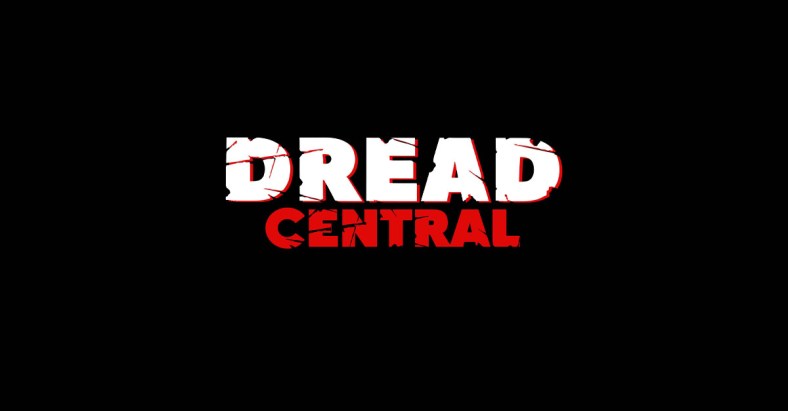Retrospective: A Look Back at The Curse of Frankenstein

The Curse of Frankenstein is a landmark film for horror. Hammer and its legacy of “Hammer Horror” might not have existed if it wasn’t for the success of this movie. Before 1957, Hammer didn’t really make horror films. It could be argued that only two of their films prior to The Curse of Frankenstein would be classed as horror: the 1935 release The Mystery of the Mary Celeste (Phantom Ship in the U.S.) and 1955’s The Quatermass Xperiment.
Starting your horror legacy with a film about Victor Frankenstein has its positives and negatives. Before 1957, at least 11 films had already featured the monster. So, how do you make something with the same familiar story that people will want to watch? You can either make it original or you can just make a really good film. The Curse of Frankenstein manages to do a bit of both.
The opening credits, with a blood red background and dramatic music, now feel very typical “Hammer Horror,” especially from this period of the mid to late 1950’s. You already feel like you are watching a classic horror film before any characters have been on screen. It manages to keep that classic and Gothic feel to it pretty much from start to finish. In charge was experienced director Terence Fisher, but this was his first film that gained any kind of popularity. He since went on to work in the genre many more times, including taking on another big remake with Dracula.
Interestingly. Fisher apparently did not watch the 1931 Frankenstein film, which may have been a very good decision. In Curse, it’s easy to see that this is a person who knows exactly what they are doing and where they want their film to go. Every camera movement means something and every piece of dialogue is necessary. There are even several scenes with little to no dialogue as if to emphasize this point. A love story is used to add to the story rather than just to give characters something to do. The relationships here never feel forced like they are so often in other films. The whole film is so superbly built as well. The pace is perfect, and you’ll be on the edge of your seat for the climax of the film.

There are, of course, two names featured that horror fans will know very well. Peter Cushing became synonymous with Hammer and featured in their films for the next twenty years, but The Curse of Frankenstein was the first one. He was relatively well known on British TV before it (and might be known best outside of horror for his role as Grand Moff Tarkin in Star Wars – A New Hope), but here is where he found his niche. He feels very natural in the role of Victor Frankenstein, bringing an arrogance to the character but also touching on his viciousness, determination, and understanding of the immorality of what he is doing. Like the film itself, Victor is both familiar but a little bit different, and Cushing is near perfect in the role.

Not featuring as much but still an important part is Christopher Lee as The Creature. This role is never an easy one on Frankenstein films, but Lee, at 6’5″ tall and with good make-up, fit the part well. I can imagine mainstream movie fans laughing at the make-up/mask used for The Creature’s face, but I personally love the look of it. The actual reveal is a fantastic and creepy moment because of it, and that’s not even taking into account that this film is very nearly 60 years old. And Lee’s performance makes you believe that The Creature is almost unstoppable and very dangerous.
The other standout performance comes from Robert Uquhart as Paul Krempe, Victor’s partner who tries to stop him going ahead with things (there’s no actual Igor here). He plays an important part, and the chemistry between him and Cushing is key to the film.

It seems a bit crazy watching it now, but cinema-goers were outraged with The Curse of Frankenstein when it was first released (although obviously not too much as millions went to see it). It’s use of blood, in color (this was Hammer’s first color film), was the first to do things in a kind of gruesome way. Blood is shown when people are injured and also to disgust the audience. But in a good way. There’s also one quite brutal-looking death scene that I’m sure got people complaining.
The Curse of Frankenstein looks so much better than the low budget, even for its time, that it had. Costing an apparent $65,000 when films like The Ten Commandments the year before cost an estimated $13 million shows how low a budget it was. But you really wouldn’t know; the set in particular looks great.

Despite everything I’ve said, The Curse of Frankenstein isn’t quite perfect. My major complaint is the role the “blind man” plays. It becomes a bit of a nothing scene that feels tacked on when it could and should have been an important part of the film. Also, like many films from this time period, I have found that the actors with one lines, or very small roles, aren’t quite up to the same standards as the people in the main roles. Of course, this is true for most films, but it always seems a bit more obvious here. But these are minor complaints. The Curse of Frankenstein deserves to be regarded as not only one of the best Frankenstein films but also one of Hammer’s best and most important films.

Categorized:News Retrospectives

